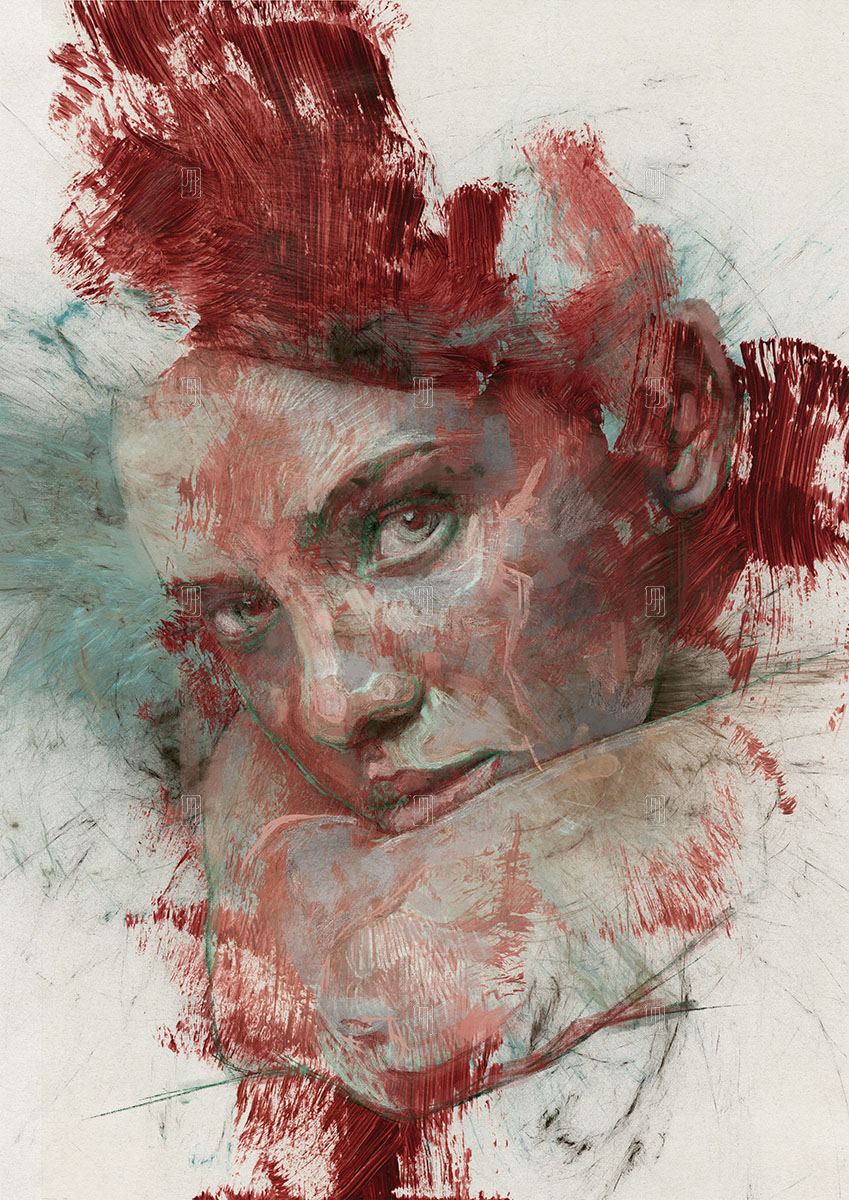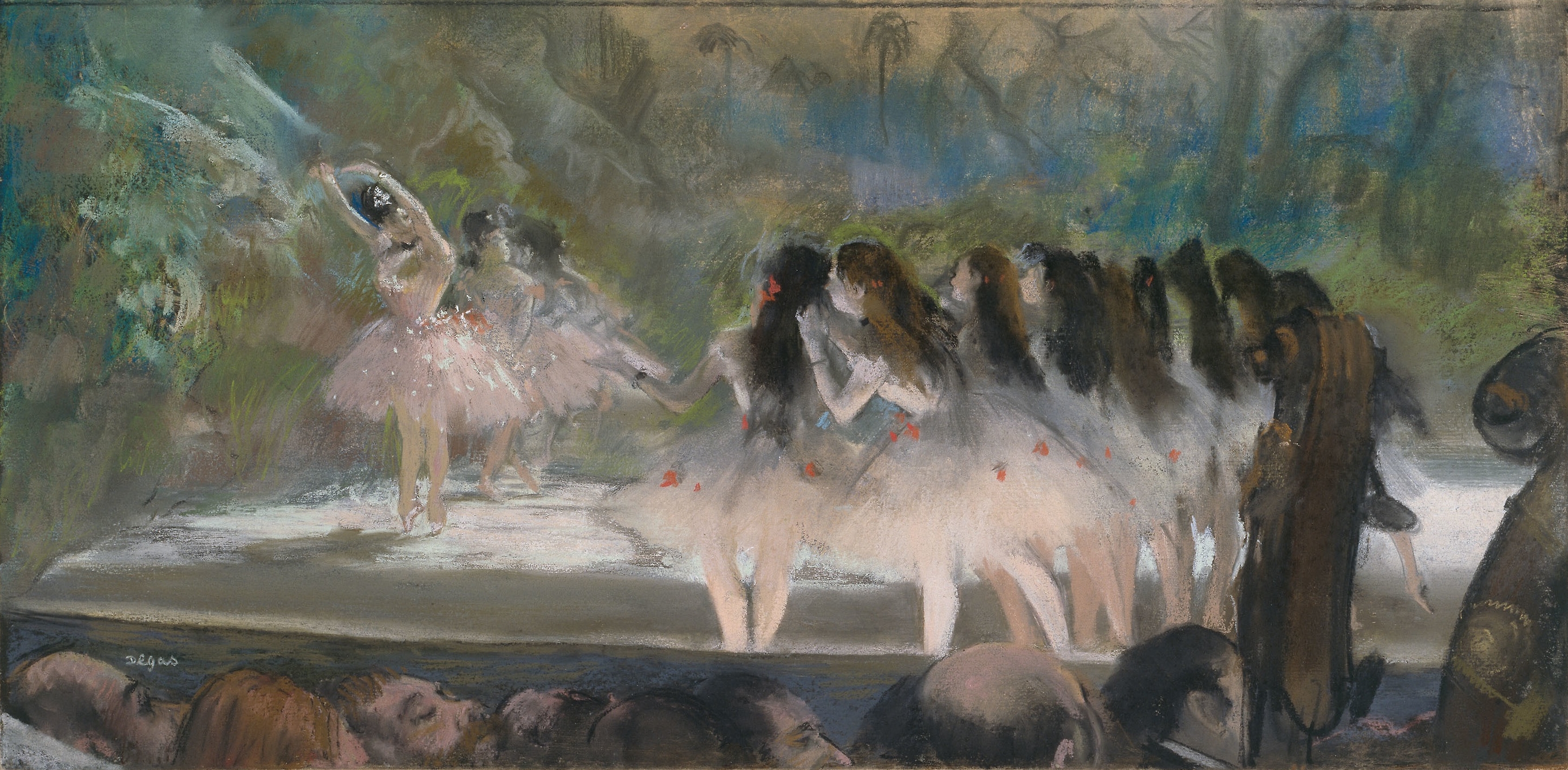Raised in Brooklyn, Walt Kuhn (born William but called Walt from a young age) developed an early interest in drawing and theater.
In 1893 Kuhn took art classes at the Brooklyn Polytechnic Institute. Six years later he was working in San Francisco as a cartoonist for The Wasp, a weekly satirical magazine. Kuhn returned to New York in the fall of 1900, but by March of 1901 he had left again to study art in Europe, first at the Academie Colarossi in Paris and then later that year at the Akademie der Bildenden Künste (Academy of Fine Arts) in Munich.










